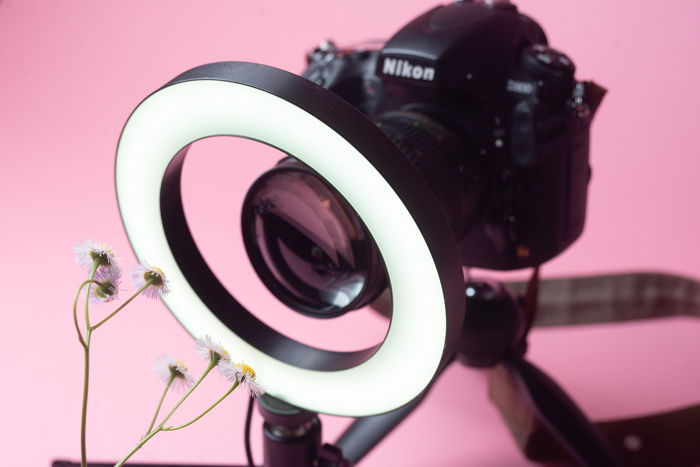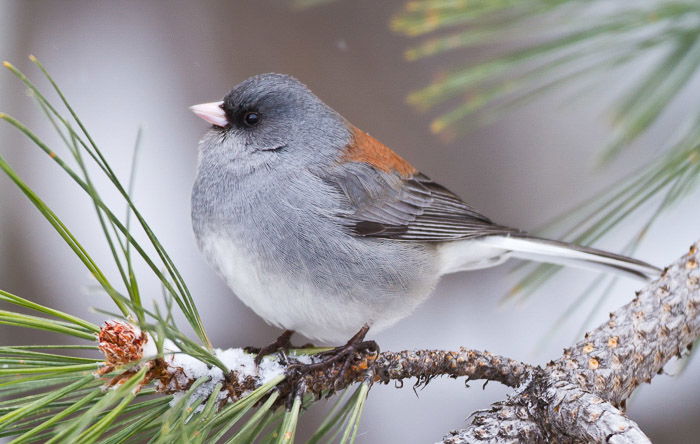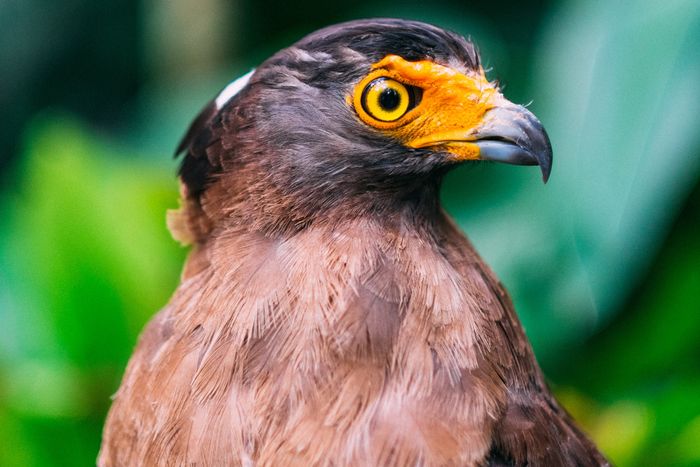Tips for Dragonfly Photography and Other Insect Photos
Dragonflies are one of the most beautiful and interesting insects that you can photograph. They are also one of the easiest to photograph, since they are usually found near water and stay in one spot for a while. Here are some tips for stunning dragonfly photography
10. Dragonfly Photography: You Don’t Need Fancy Gear
You can take photos of dragonflies with any type of gear. You can start with your phone or a simple point and shoot camera.
To get great results, you need a good lens. The best lens for dragonfly pictures is a tele-macro. Anywhere from 100 to 150mm is a great choice.
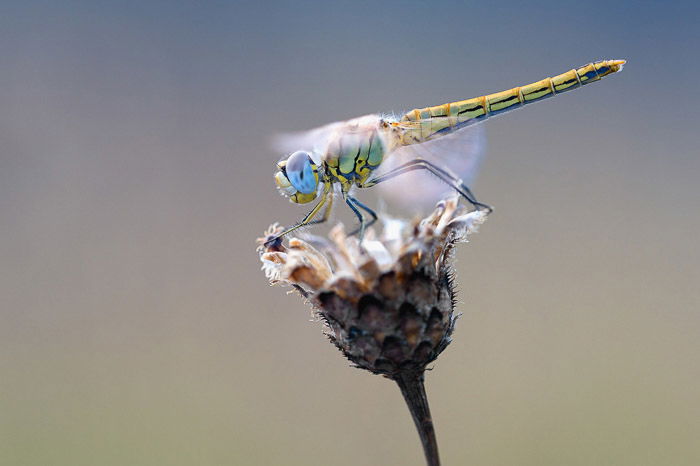
If you don’t want to spend money on a new lens, you can use a good zoom lens. A 100-400mm will give you pretty good results too. Think about buying an extension tube so the focusing distance gets shorter.
Ideally, you need to find a lens that allows you to fill the frame while not having to get too close to the dragonfly. They’ll be scared away if you do.
A tripod will help you to get better results when using long focal lengths and don’t forget to use wider angles too. Show the environment so the viewer has a sense of where you were while taking the photos.
9. Don’t Use Autofocus to Get Even Better Images
These days, cameras have very good autofocus but for dragonfly pictures, it’s better not to use it. The delicate body and transparent wings make it difficult for your camera’s autofocus.
A good idea is to use live view and zoom in on the detail you want in focus. It’s even better if your camera has a tilting LCD screen. You’ll be close to the ground when taking photos of dragonflies or other insects.
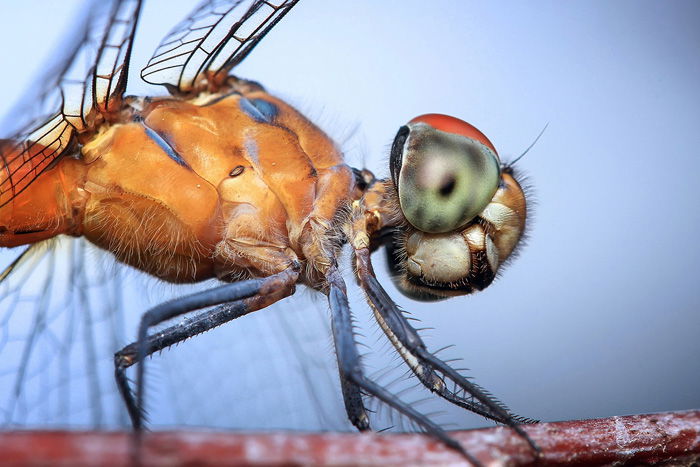
© Pixabay
8. Go Looking for Dragonflies in the Summer
Dragonflies are most active during the warm months. You can find them close to water so pretty much any pond, river or stream will do.
Some species stay close to the water while others venture further away.
Don’t forget to wear wellies or some gear that allows you to wade through deeper water.
7. How to Approach Damselflies and Dragonflies
If you want to return home with some great shots, it’s necessary to study your subject’s behavior. Like other types of wildlife photography, you need to know how a dragonfly spends the day.
You’ll have a better chance of capturing that one awesome shot.
There are two types you’ll be photographing: the dragonfly and the damselfly. It’s easy to tell them apart.
Damselflies are smaller and slender and spend most of their life underwater as larvae. When they’re ready to emerge in the warmer months, they go out of the water.
They cling to grass or low branches and complete their extraordinary metamorphosis.
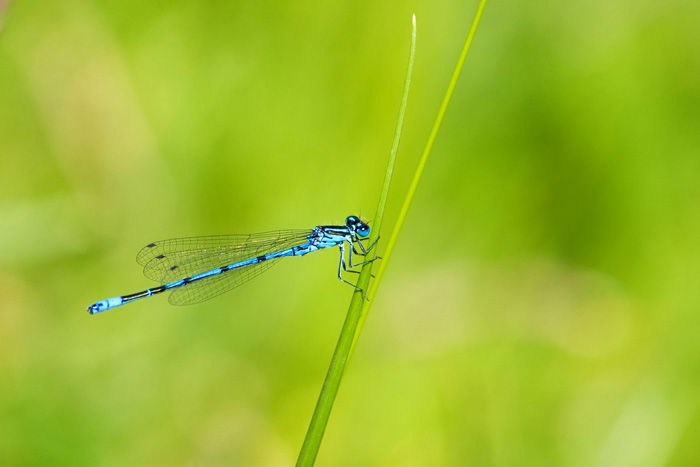
© Pixabay
Dragonflies are very territorial and often patrol the same stretch of water.
If you see them sitting somewhere and they fly away, there’s a likely chance they’ll come back to sit in the same place.
6. Keep the Background Simple So It Doesn’t Distract From Your Subject
A lot of beginner portrait photographers pay a lot of attention to the subject. The problem is that they forget about the background. It’s the same for taking dragonfly pictures.
The background makes the difference between an average picture and a great picture.
Keeping the background simple and clean is often the best choice. That way, it’s easier to see the intricate details and beautiful colors of the insect.
Use a larger aperture if you can’t get a nice background. This will blur out any distracting elements.
Also, try to experiment with contrasting colors. You can even take your own perch for the dragonflies to sit on. You’ll have full control over the background and location of your photos.
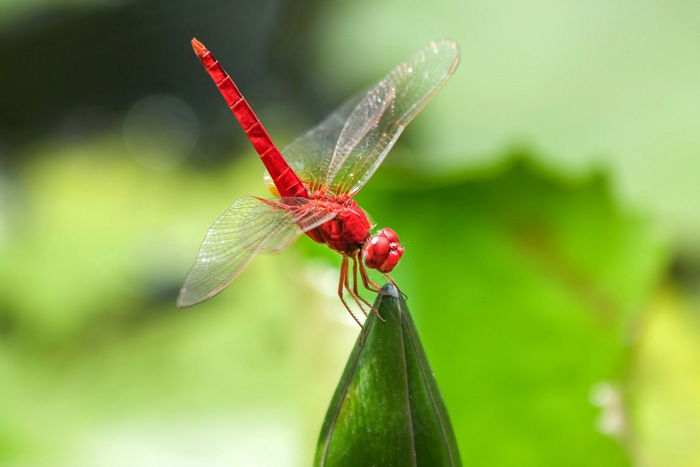
© Pixabay
5. Control Your Aperture for Sharpness
Getting the sharpness right is probably the most difficult thing in macro photography. If you want the dragonfly’s whole body in focus, you have to keep the sensor parallel to its body.
If you’re shooting at a different angle, you might need to use a smaller aperture to get more of the body in focus. Something like f/11 or f/16 will do.
Remember to keep an eye on the shutter speed when adjusting the aperture.
It’s also not a must to have the whole body in focus. Use a larger aperture and try to get only the head in focus.
The eyes of a dragonfly look especially beautiful when the rest of the body is out of focus.
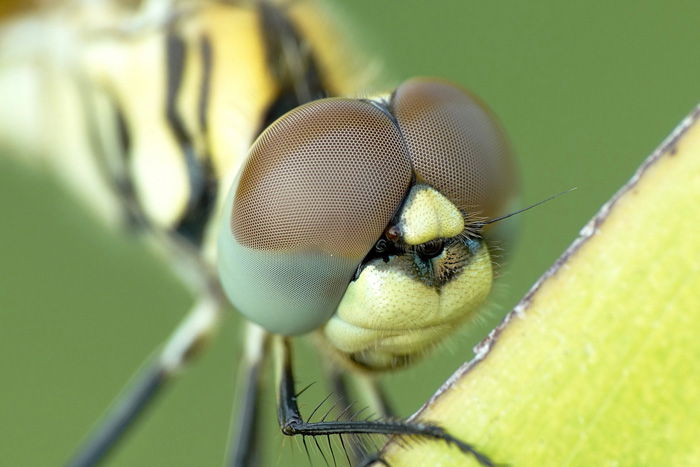
© Pixabay
4. Take Photos With a Variety of Compositions
Once you get the hang of it, start thinking about composition. When you’re comfortable adjusting the settings of your camera, it’s time to mix it up.
Try different angles or go as close as possible to capture only the head or the details of the wings.
3. Try Capturing a Flying Dragonfly for an Impressive Image
Taking photos of resting dragonflies is the best way to start. That doesn’t mean you shouldn’t try taking a photo of a flying dragonfly.
Because of their small size and the speed at which they fly, you need to get lucky.
Study their behavior and wait until the right moment. Point your camera at a nice background and wait until a dragonfly comes in the frame.
You can also try to follow a flying a dragonfly and shoot in burst mode.
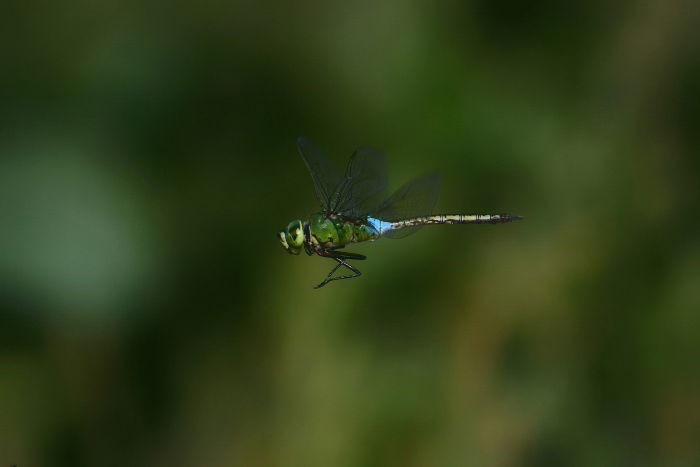
© Pixabay
2. Go Out Early in the Morning When Insects Are Most Active
Dragonflies are most active on sunny days and early in the morning. By leaving early, you’ll also have the best light to capture these magnificent creatures.
The warm morning light will make their colors pop even more.
1. Be Patient and Quiet So You Don’t Spook the Insects
You can’t take photos of wildlife without patience. It’s much like fishing. To capture that one great shot, you need to be able to wait for hours.
When you do get it, it’s a great feeling that will make you go back for more.
Don’t get frustrated if you don’t get the shot you want immediately. Be calm and wait patiently. Only then, you’ll have the best chance that a dragonfly will land exactly where you want it.
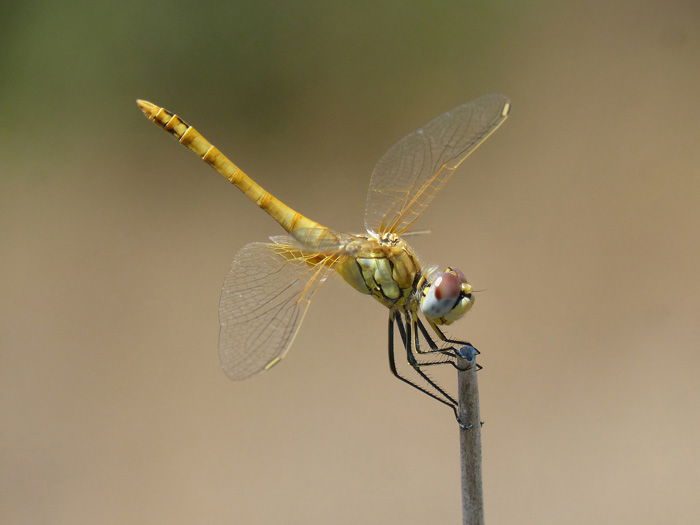
© Pixabay
Conclusion
Taking dragonfly pictures is not easy and you’ll most likely won’t get great results the first day. Don’t give up, though.
The more you go out, the more you’ll learn about their behavior and how to adjust the camera settings to capture them.
It’s also important to appreciate being out in nature and taking in its beauty. The more you practice, the better the results will be.

